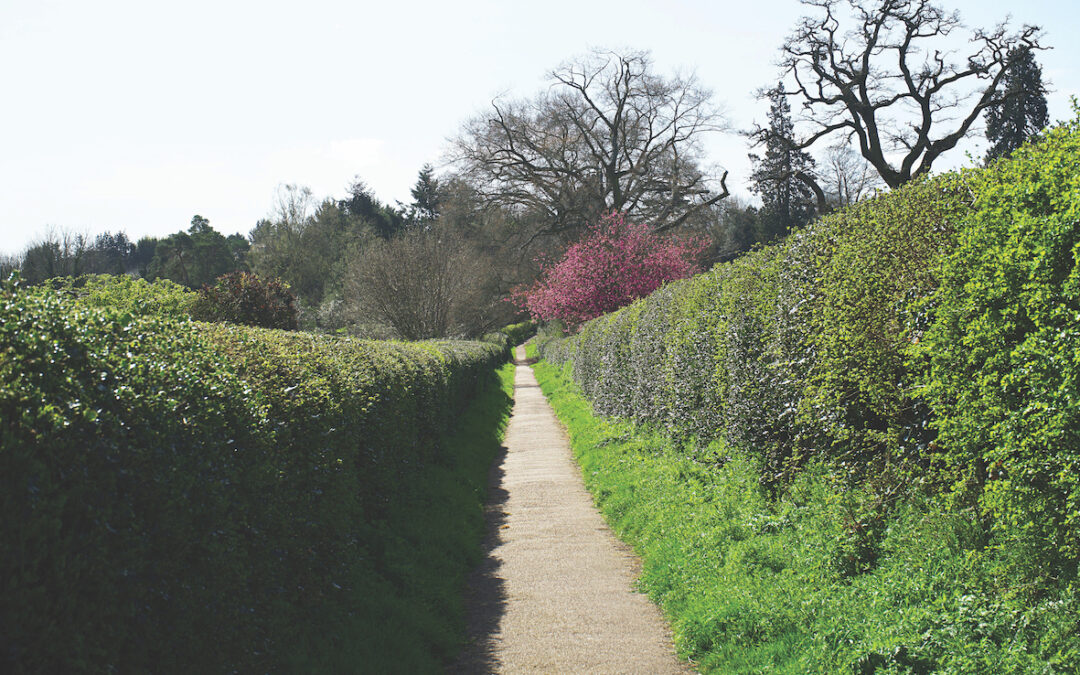The Joy of Hedges
As we move into autumn, the structural planting in our gardens comes to the fore. Hedges are particularly useful not just for creating wildlife-friendly boundaries, but also for adding year-round architectural form in outdoor spaces. And now is a good time to plant them.
Hedges help divide a garden into inviting private ‘rooms’ for seating or dining areas, or to partition off a functional area. Even in the smallest garden, tucking a bench behind a small hedge will create a fun, private space to hide away for a quiet moment.
Dividing a garden adds a sense of depth to a garden, creating a sense of mystery as to what is beyond. Using hedges as partitions, offset either side of a garden, creates informal divisions, breaking up a long, thin garden for example. And hedges are also useful for neatly screening compost bins or sheds.
The crisp, clean lines of a well-pruned hedge is also a perfect backdrop to softer, herbaceous planting. There is a wide range of plants that work as hedges. Here are a few to consider:
Evergreen options: Yew creates a fabulous dark green hedge that can be tightly clipped. Portuguese laurel, griselinia and pittosporum varieties also work well.
Deciduous hedging: Native hornbeam and beech (copper beech is also lovely) are great if you want something that changes with the seasons, from fresh spring leaves to autumn colour and finally brown foliage that’s often retained through winter
Flowering shrubs: Escallonia, choisya, camellia, rosemary, roses such as Gallicas or even hydrangeas can be used as a hedging. Native hedging made of plants such as hawthorn and dog rose are full of colour and great for biodiversity.
Ornamental grasses: Calamagrostis ‘Karl Foerster’, miscanthus and pennisetum make lovely hedges with movement and texture. These can be layered in front of an evergreen hedge to seasonal interest.
This article first appeared in the October issue of SE22.

